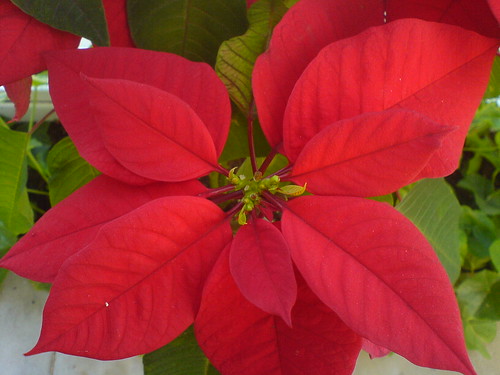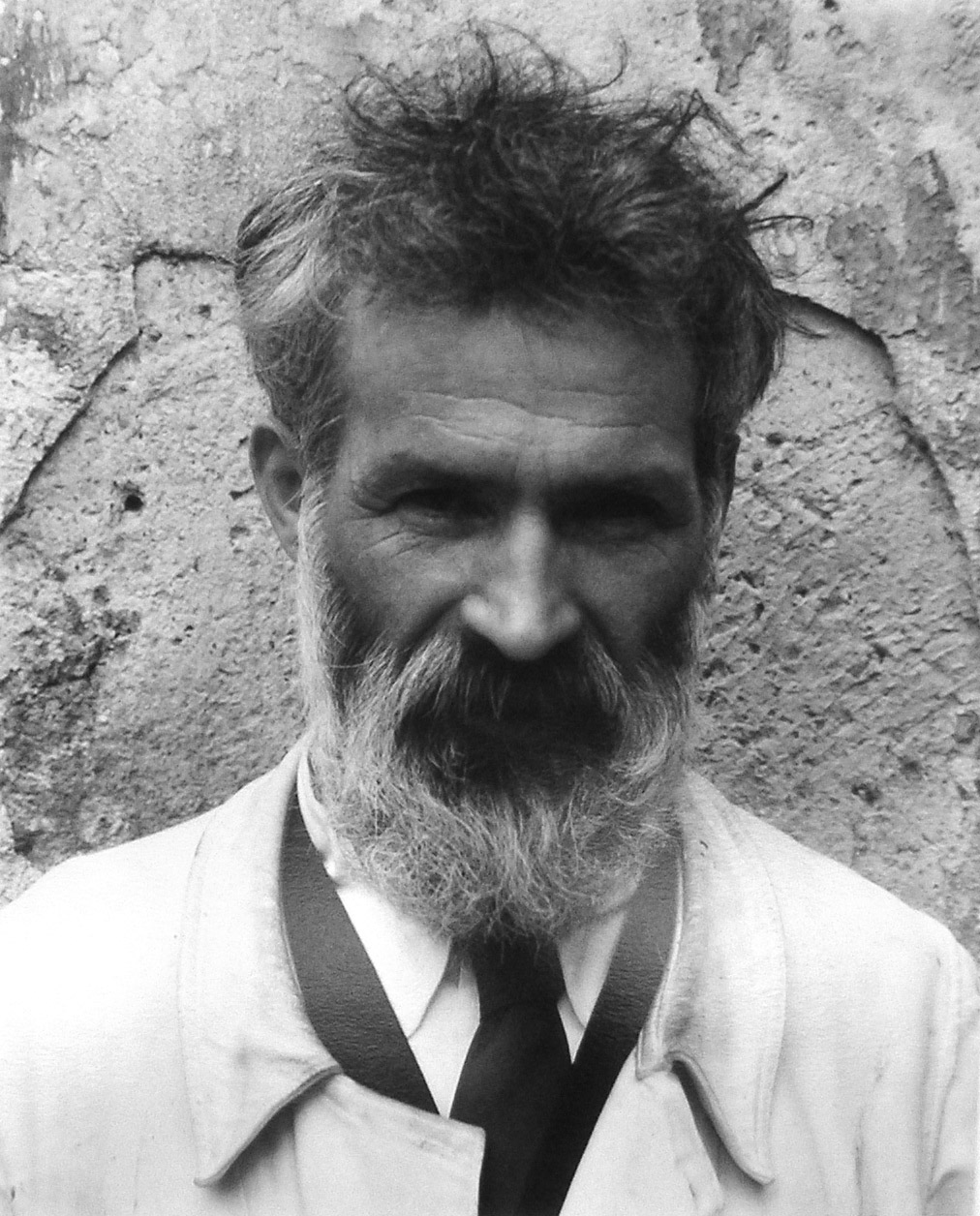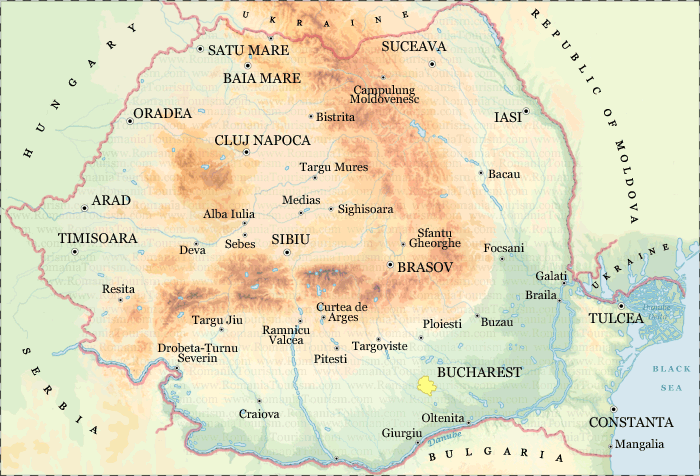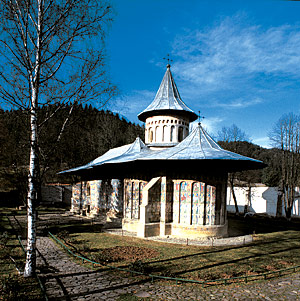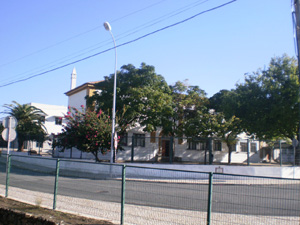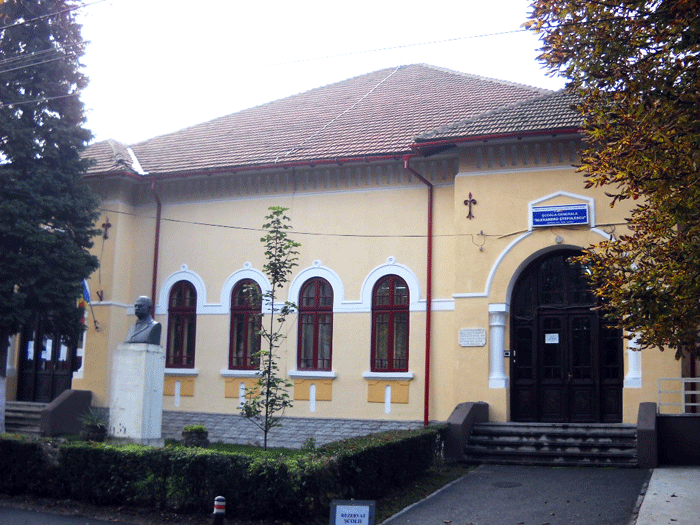A nativity scene or crèche (also known as a manger scene, or crib) is a depiction of the birth of Jesus as described in the gospels of Matthew and Luke. While the term "nativity scene" typically includes two dimensional depictions in film, painting, printmaking, and other media, in the history of art and culture, as well as in popular use, the term refers to static, three dimensional, artistic, commercial or folk art dioramas, or pantomimes called "living nativity scenes" in which real humans and animals participate. Nativity scenes exhibit figures representing the infant Jesus, his mother Mary, and Joseph. Other characters from the nativity story such as shepherds, the Magi, and angels may be displayed near the manger in a barn (or cave) intended to accommodate farm animals. A donkey and an ox are typically depicted in the scene, as well as camels belonging to the Magi.
Saint Francis of Assisi is credited with creating the first nativity scene in 1223 (a "living" one) intending thereby to cultivate the worship of Christ, having been inspired by his recent visit to the Holy Land where he had been shown Jesus's traditional birthplace. The scene's popularity inspired communities throughout Catholic countries to stage similar pantomimes.
 |
| Nativity Scenes in Albacete (Spain) |










